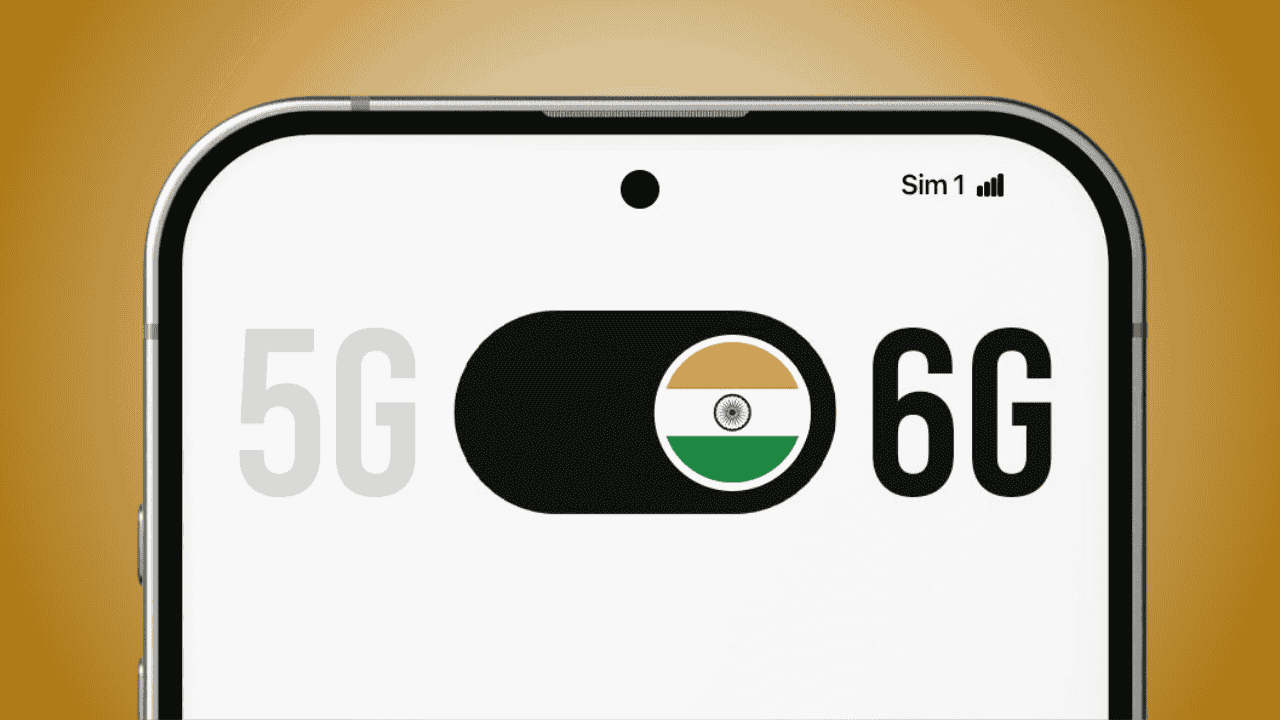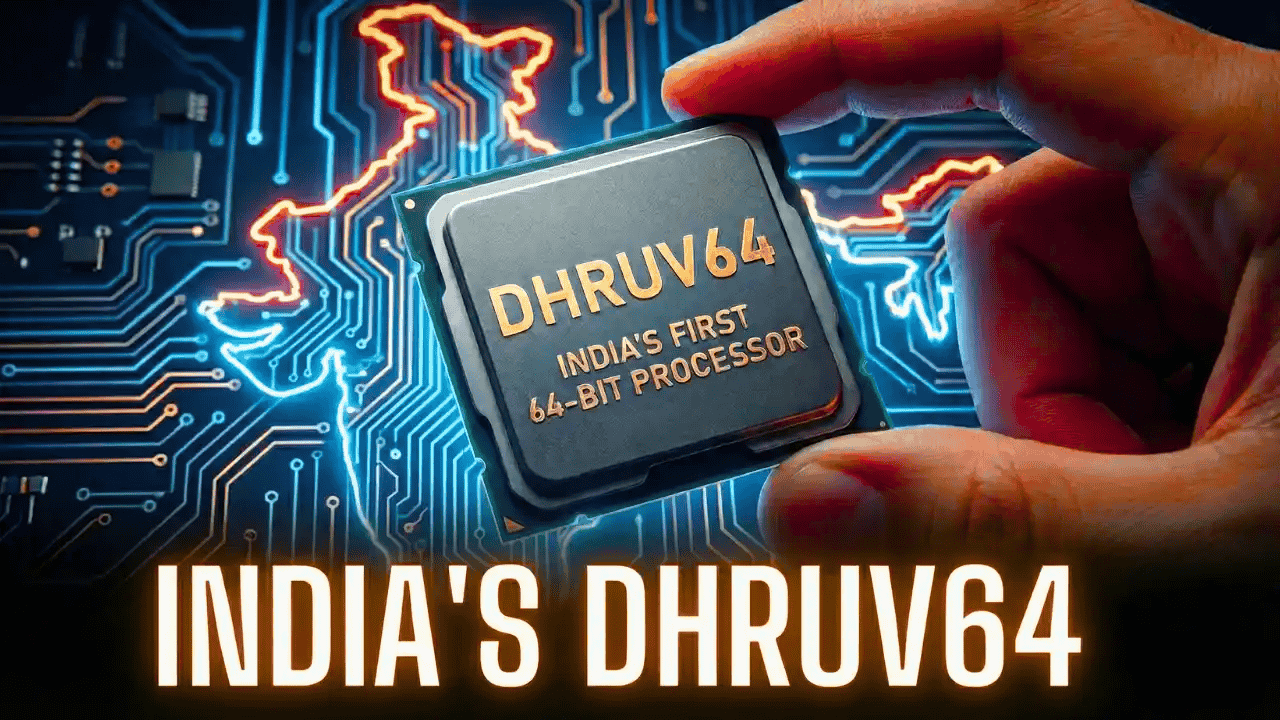Explore how Starlink’s expansion in India impacts digital sovereignty, connectivity, and geopolitics. A key topic for UPSC and other competitive exam aspirants.
Starlink in India: Redefining Connectivity and Strategic Autonomy
In March 2025, SpaceX’s Starlink satellite internet partnerships with Airtel and Jio signal a significant shift in how India approaches connectivity, national sovereignty, and geopolitical alignment. While the move promises to bridge the digital divide in remote areas, it also raises critical questions about digital independence, competition, and strategic control — making it a key theme in current affairs March 2025, especially for UPSC, SSC, and banking exam aspirants.
Why Satellite Internet Is a Game Changer for India
India still has large regions untouched by fiber optic networks and cellular towers. Starlink’s low-earth orbit (LEO) satellites offer:
High-speed internet to rural and remote areas
No need for terrestrial infrastructure
Faster deployment and global coverage
For Airtel and Jio, this model reduces cost and enhances market reach. For SpaceX, India offers a massive consumer base while local partnerships help navigate complex Indian regulations.
Business or Geopolitics? The Bigger Picture
While the partnerships seem commercial, the geopolitical layer is undeniable:
Communication networks = national security tools
Infrastructure orbiting 550 km above Earth means sovereignty concerns
Starlink is a U.S.-based network, potentially extending American digital influence
China's Guo Wang constellation is its state-run alternative
India’s Strategic Choice:
India could have waited for:
Indigenous capabilities (via ISRO)
A possible deal with China or Europe
Instead, it aligned with the democratic Indo-Pacific bloc, reflecting a geopolitical preference for the U.S. over authoritarian alternatives.
Market Monopoly and Strategic Risks
Starlink’s Market Power
~7,000 Starlink satellites in orbit vs. OneWeb’s ~650
Amazon’s Project Kuiper is still in early stages
Starlink has a first-mover advantage in the LEO internet market
Concerns:
Risk of monopoly in internet access
Dependence on a foreign private company
Case in point: Starlink limiting Ukraine’s access in 2022 raised alarms about private firms wielding state-level power
Mapping the Digital Power Matrix
Let’s categorize players in terms of economic value vs. geopolitical control:
| Category | Example | Meaning |
|---|---|---|
| Digital Sovereignty | China’s Guo Wang | High control + High value |
| Market Dominance | Starlink (via Airtel/Jio) | High value + Low national control |
| Strategic Asset | India’s indigenous efforts | High control + Low value (currently) |
| Marginal Presence | Amazon’s Kuiper | Low control + Low value (early-stage players) |
Can India Achieve Digital Sovereignty?
India's long-term goal is clear: strategic digital independence. Key steps include:
Boosting ISRO’s satellite capabilities
Enforcing data localization rules
Ensuring technology transfer in foreign partnerships
Missed Opportunity: Where Is BSNL?
BSNL, a state-run telecom giant with rural outreach, is absent from the Starlink partnership. Its involvement could have:
Increased government oversight and reach
Ensured better sovereignty balance
Provided a strategic public-private model
Governance and the New Connectivity Challenge
As LEO internet expands, governance challenges grow:
Orbital debris management
Space traffic coordination
The risk of a “tragedy of the orbital commons” without global cooperation
Future international norms must evolve alongside this new digital frontier — a vital area of focus for India’s foreign policy.
Inclusive Access or Digital Divide?
There’s a risk that satellite internet remains unaffordable for most Indians unless:
Subsidies or tiered pricing models are introduced
Affordable data packages are made for rural users
The "innovation at the bottom of the pyramid" model is applied to ensure accessibility
Without this, the promise of universal connectivity may become an elite service in orbit, not a public utility.
Key Takeaways for Competitive Exams
Starlink's entry into India (2025) via Airtel and Jio reshapes digital connectivity
Geopolitical concerns rise as U.S. private firms gain infrastructure control
India chose strategic alignment with democratic nations over authoritarian blocs
Market dominance of Starlink raises monopoly concerns
India’s goal = Digital Sovereignty, but will take time and investment
BSNL's absence is a missed opportunity in strategic partnerships
Need for international cooperation in satellite governance
Why This Matters for Exams
For UPSC, SSC, Banking, and other competitive exam aspirants, this topic intersects with:
Science & Technology (GS Paper 3, UPSC)
International Relations & Geopolitics (GS Paper 2)
Digital Infrastructure in India (Essay / Interview topics)
Current Affairs March 2025
Daily GK Update – Telecom, Space, Economy
This issue demonstrates the interplay of economics, technology, and sovereignty, and is an important case study for future governance and policy questions.
👉 For more in-depth articles and exam-focused analysis, visit www.atharvaexamwise.com – your go-to hub for competitive exam news and smart insights.







